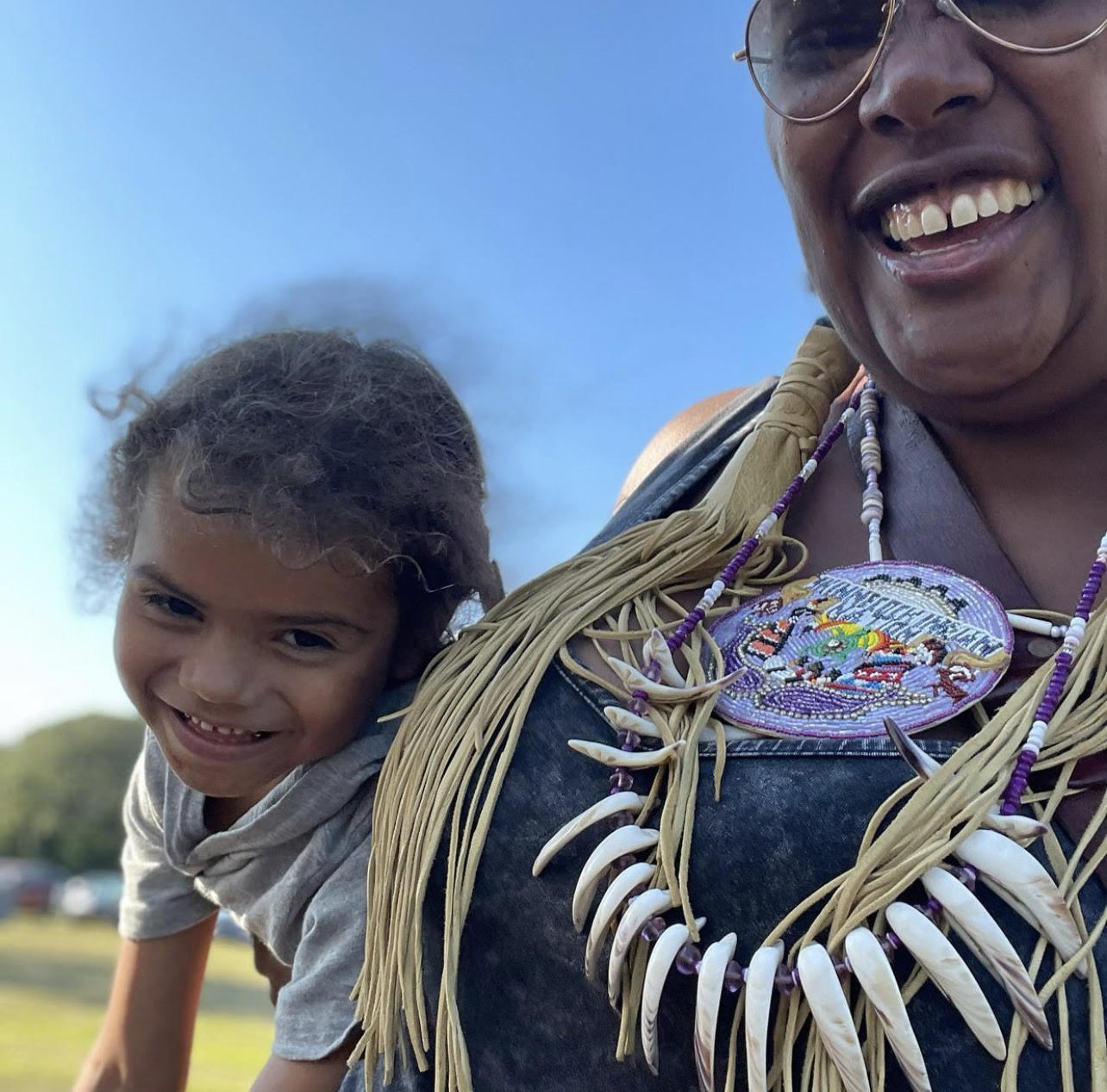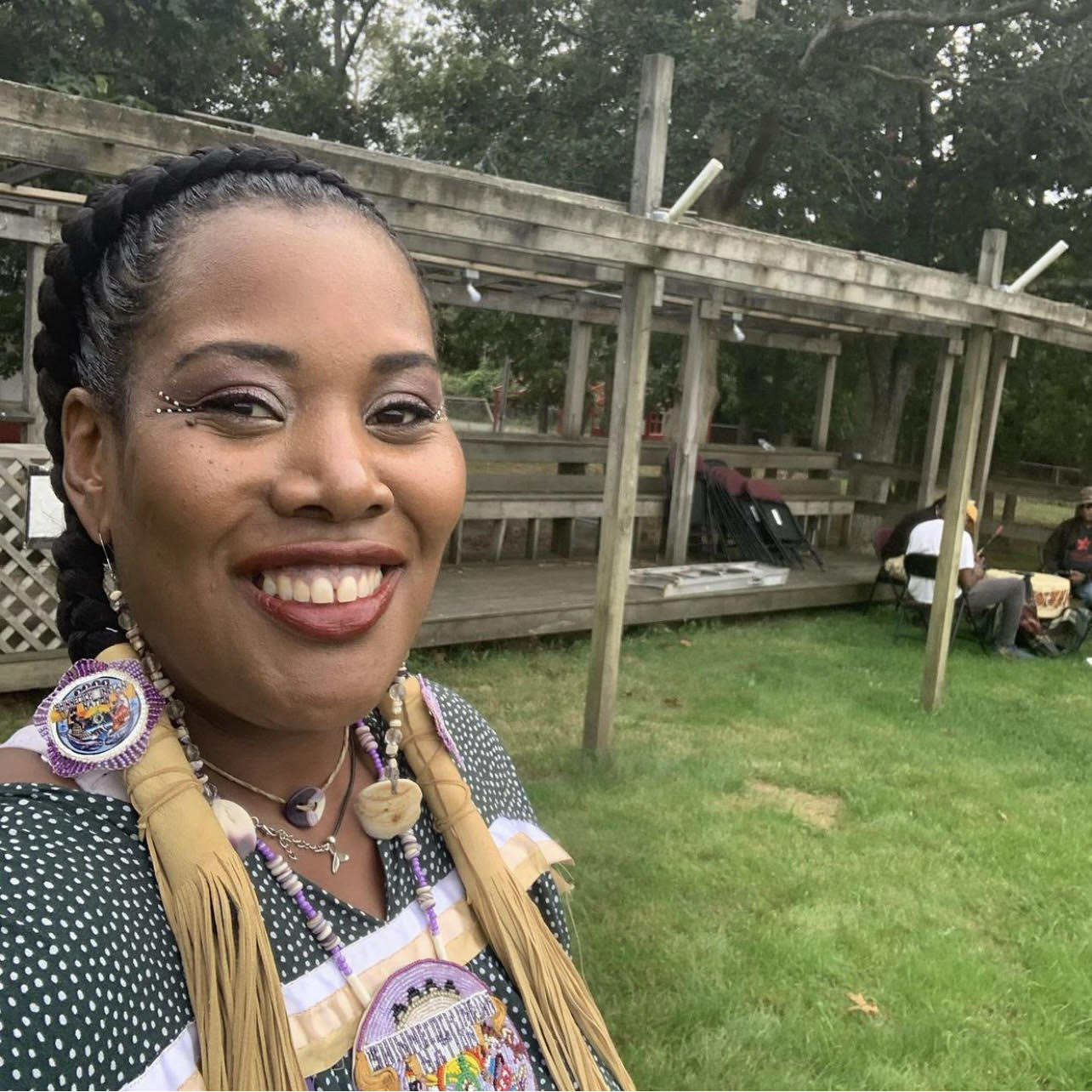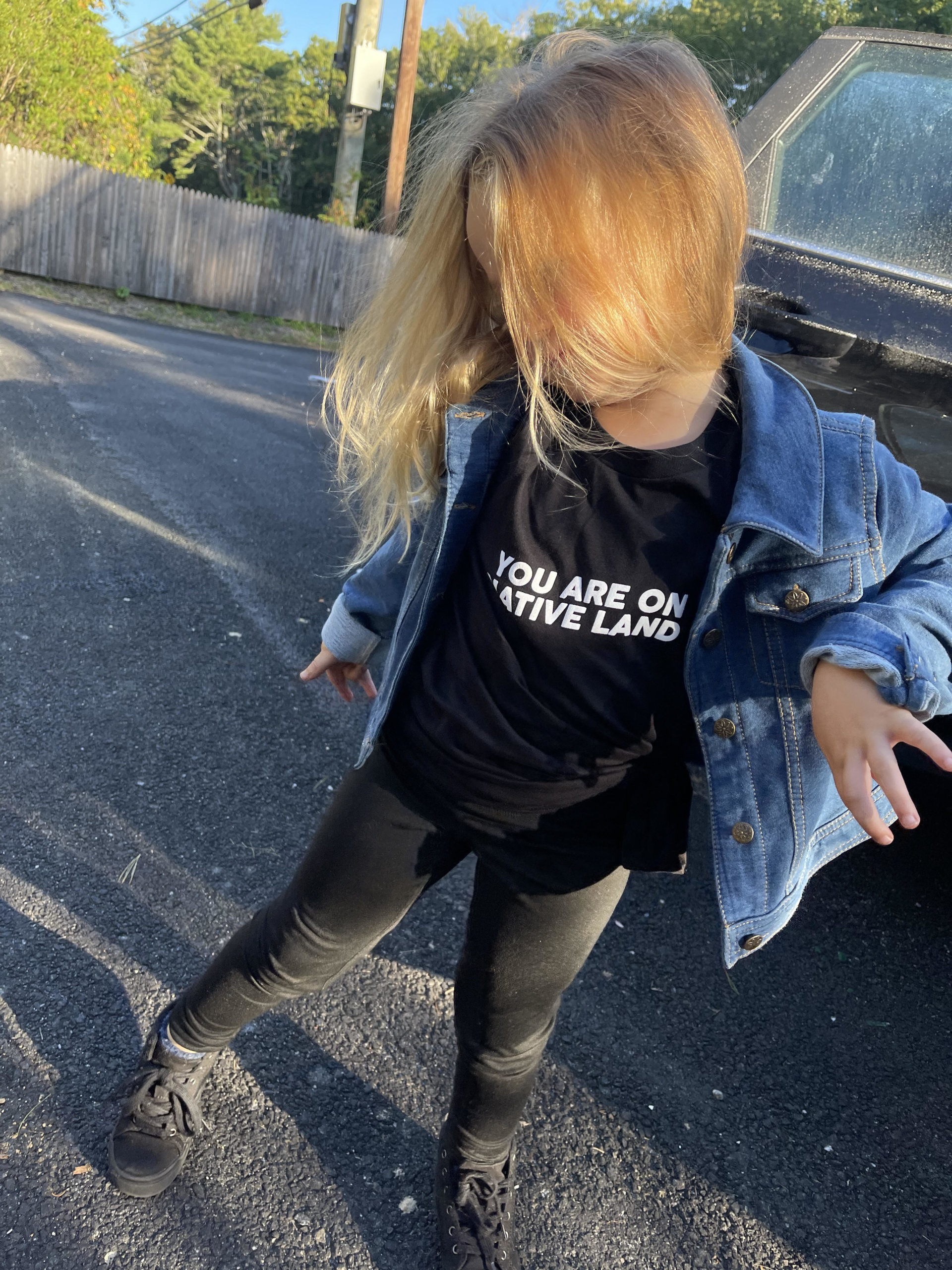Shinnecock Voices: Heritage Month Burnout

As this year’s Native American Heritage month culminates, questions about its evolution arise for me. As a teaching artist, this month is typically filled to the brim with speaking engagements, lessons and activities that promote both Shinnecock and Native American culture. Yet this year, my calendar remains very consciously open. No matter how hard I try to shake it, there has been a formidable feeling of burnout. It’s a sentiment that has been echoed by other native artists I’ve spoken with as well. It’s this feeling, what I perceive to be its origins, and what I hope can be done about it, that I’d like to explore here.
In the last two years, there has been an explosion of Native representation, both politically and culturally in the United States. With additions like Secretary Deb Haaland and Representative Sharice Davids, and television shows such as Rutherford Falls and Reservation Dogs, cultural representation has been at an all time high. From clothing companies, to restaurants, Native-owned businesses are on the rise. This is very exciting. And yet, there is a formidable feeling that what is happening is a moment. When accurate representation feels like a fad, then there is a shift that needs to transpire under the current paradigm.

Representation cannot be an outlier. Yet the fight to acknowledge Native sovereignty has often resulted as such. At best, we’ve been viewed as a nuisance, and at worst, a threat that needs to be eliminated. This mentality is littered throughout history with examples of erasure and genocide, while our presence in mainstream dialogues is often ignored or overlooked. This watershed moment brings with it both a sense of trepidation and urgency. Because, while Native American representation is at heights never displayed in mainstream culture, we simultaneously hear stories of jailed water protectors, ignored cases of murdered and missing Indigenous women, devastating COVID rates and pipelines callously tearing through sacred grounds. The Shinnecock Nation is still actively being sued by the state of NY for monuments that they themselves have used to purchase ad space, despite bringing much needed revenue to the nation. One cannot build a house on an unstable foundation.
It is irresponsible to talk about the Iroquois Confederacy, while ignoring the devastation NY tribes endured. It is an outright lie to talk about Thanksgiving in terms other than attempted genocide for the Pequot and Wamponoag people. There is a great disservice taking place in education where we provide one-dimensional examples of three-dimensional problems. Leveling the foundation of our shared history can begin to provide accurate representation of marginalized communities and reimagining our hackneyed relationship to heritage months.
Heritage months are opportunities to share both the cultures of marginalized peoples, and their impact and influence in the creation/progression of our country. However, when heritage months are solely reduced to the same information every year, then the value of this time starts to decline.
My heritage month fatigue doesn’t stem from not wanting to teach native culture, but rather from the repetition of sharing superficial snapshots of the culture without any deeper explorations of the culture. If we reduce heritage months solely to antiquated histories, then students’ only exposure is through encounters from the distant distant past, divorced from stories with modern-day relevance. Culture cannot be a stagnant relic but, instead, must possess the living, breathing component active cultures share.
In my dream version of education, marginalized communities have a prominent place in our history throughout the year rather than being reduced to a limited period of time. Having the awareness of marginalized communities throughout the year makes the awareness of these communities a more prominent feature in students’ minds, increasing empathy that far exceeds a specific school unit. Heritage months would then serve as an opportunity to share current and real-time events affecting the communities.
This past fall, I had the pleasure of working at The Barn School in Sagaponack. The mother who started the school, Nancy Juvonen, was adamant about the students having an Indigenous-led curriculum. All of their subjects had the influence of an Indigenous perspective, and I could not be more proud of the students there. I teach a Native social studies class, and yet even when I wasn’t there, their lessons were still infused with indigeneity. It didn’t take long for their approach to the world to be influenced by the style of learning they experienced. I will cherish forever the memory of these 10 adorable girls chanting “fry bread” excitedly as their lesson-infused snack arrived.

While I don’t want to overstate the critical analysis that 10 4–8-year-olds were able to execute, I do know that there was a shift in the way they included the natural world in their gameplay, their communal approach to learning, and proceeded with a great understanding of the importance of respecting nature. As Indigenous practices throughout the country seem to be the solution for many of the environmental struggles we find ourselves facing, having Indigenous perspective as a more permanent part of our education, rather than relegated to 30 days in November, may behoove us all.
Andrina Wekontash Smith is a storyteller, writer and performer whose work frequently explores race and the ways we can increase Shinnecock representation. She currently spends her time between Brooklyn and Southampton.



